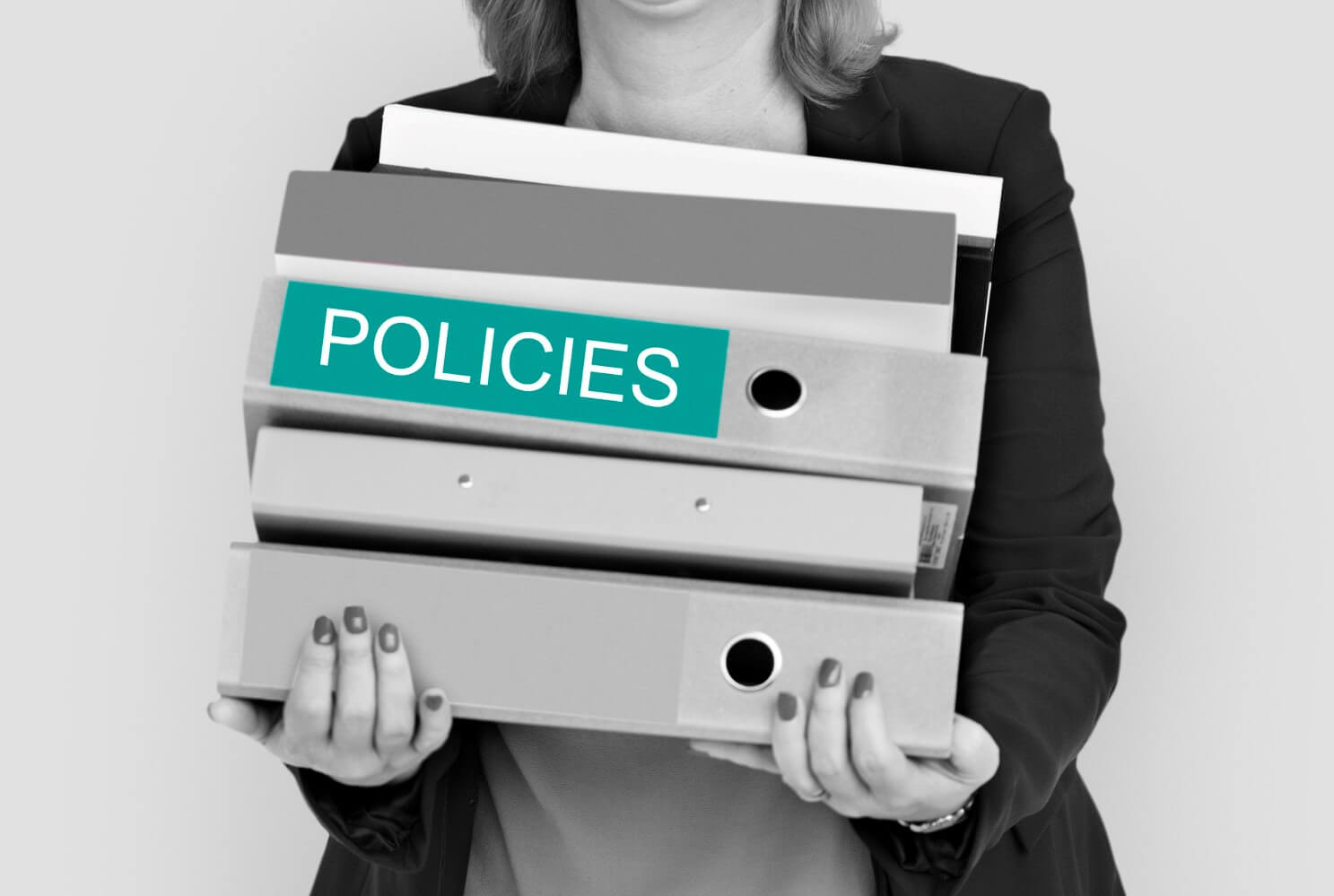The first major summer holiday, Memorial Day, has come and gone. Only two more such long weekends will be here and vanished before you know it. Long Live Summer!
In deference to the nice weather in most parts of the country today (okay, threats are out there but so are comfy highs) — and to give my dear readers a break from my incessant PR expertise, informed rantings and sidetracked observations — this media savant would like to share another voice about “How to Manage Your Own PR: Ten tips for running a successful public-relations campaign.” I found these to be ideal for start-up or small companies that cannot at this early stage shell out for professional services yet.
Direct from the recent pages of Inc. magazine, these 10 pointers you are sure to find helpful (granted I have touched on some of them already but it’s nice for you to know, based on these tips from a big deal business source, that I am not a professional PR gasbag with absolutely no grasp of the basics).
In the future, meaning before fall is in the air, It would be great to address any questions you have about public or media relations, so feel free to email me at [email protected], or leave a Comment at the bottom of this blog and I’ll try to answer your questions in a future posting, when the grill (or is it another weekend kids’ soccer tournament?) is not calling under a blue sky with light winds, low humidity and few mosquitoes.
Enjoy the article!
http://www.inc.com/magazine/20100501/how-to-manage-your-own-pr.html










